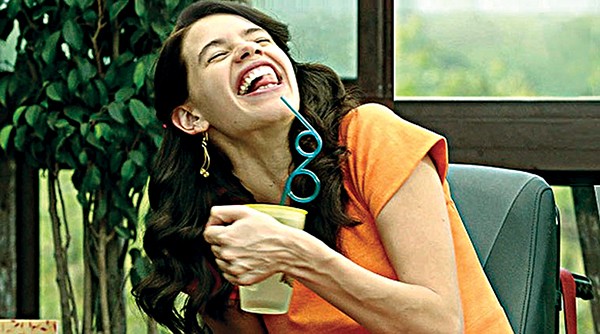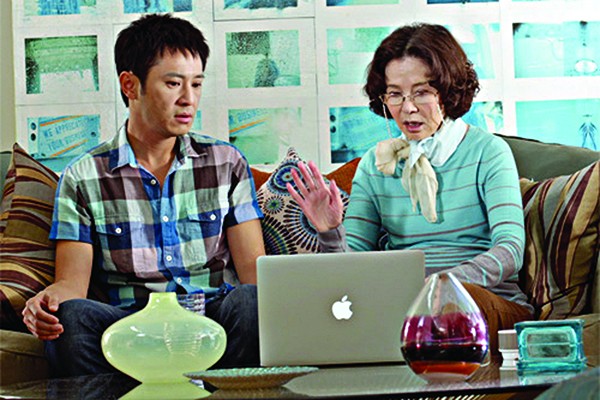I’m learning to walk again. It was odd at first. After more than two months of being unable to bear weight on my left foot after an April 13th fall, broken bones, and three subsequent surgeries, my brain had begun to rewire itself not to, under any circumstance, step on that foot — or else. Or else, what? I wasn’t sure of the medical specifics, other than it would undoubtedly hurt and it could hinder the healing. Incredibly cautious and afraid of the consequences, I have exercised great care in this endeavor and have become increasingly skilled at hopping on one foot while using a walker and balancing on the good foot while standing. Not skills I’d ever thought I’d master, but hey, my right leg is a lot stronger now. And I can challenge anyone to a standing-on-one-foot timed battle. Who’s up for it?
Since I was given the green light from the surgeon to bear weight — still with caution, and in an orthopedic boot — I’ve had to relearn, in a way, how to walk. At first, I was scared. Is my ankle going to collapse when I stand? Will the titanium plate snap out of place? Are fragments of my healing tibia and fibula going to crumble again beneath the weight of my body? And beyond that, it just felt downright weird to put that foot on the ground — tingly, as if it had just awoken from a monthslong slumber, burning a bit as the nerves reignited to do the job they’ve done for decades. Just like riding a bike, I suppose, but accompanied by some strange lighting strikes of pain and a brain that didn’t want to cooperate.
Last week, it started slowly, a step here and there as I remembered how to put one foot in front of the other, how to balance on two legs, expecting it to hurt. And it has. After the first full day of “walking” — some with a walker and some without, still in the boot and a little off-kilter — it felt like I’d traversed the expanse of Disney World, stood in long lines, and suffered the sorest feet (or foot) I’d ever felt. But the most I’d done was walk from the parking lot into the movie theater for a showing of Inside Out 2. (It was a great movie, by the way. I might have enjoyed it more than my niece and nephew. Among others, the part about losing joy as we grow up got me right in the feels.)
In this experience of learning to walk again, finding balance, and rewiring my brain to physically move forward once more, I’m struck with the notion that this applies to other parts of my life. Much has changed for me in the past year — in nearly equal parts good and bad — and even more in the last few months. In more than the literal sense, I’m learning to walk again — in the same environment with new characters, new challenges, new feelings I have to feel my way through. Sometimes it’s like looking at a dusty old box of pictures and letters with yellowing pages, so crisp as you pull at the folds. There’s not a lot of room for looking back though — wallowing in the holes left by a sister that’s moved far away, a dog that’s died, friendships that have grown apart. It stings and burns and pulls at the heart strings in a way that’s not conducive to the forward momentum needed to inspire those steps toward the future. And a voice inside quietly says, “Don’t look at them. It’s going to hurt.”
If you can rely on nothing else, you can on this: Change is a constant. We may want to cry and holler and resist when it comes, but it’s inevitable. In embracing mine, and in relearning to walk — literally and figuratively — I’ll try to muster the joy and gleeful vigor that’s seen in a baby taking its first steps. The whole world is new from an upright position, waddling unbalanced to and fro, tripping and falling down now and then. Both feet on the ground, wide eyes and a toothy grin, and so much — a lifetime — to look forward to.



